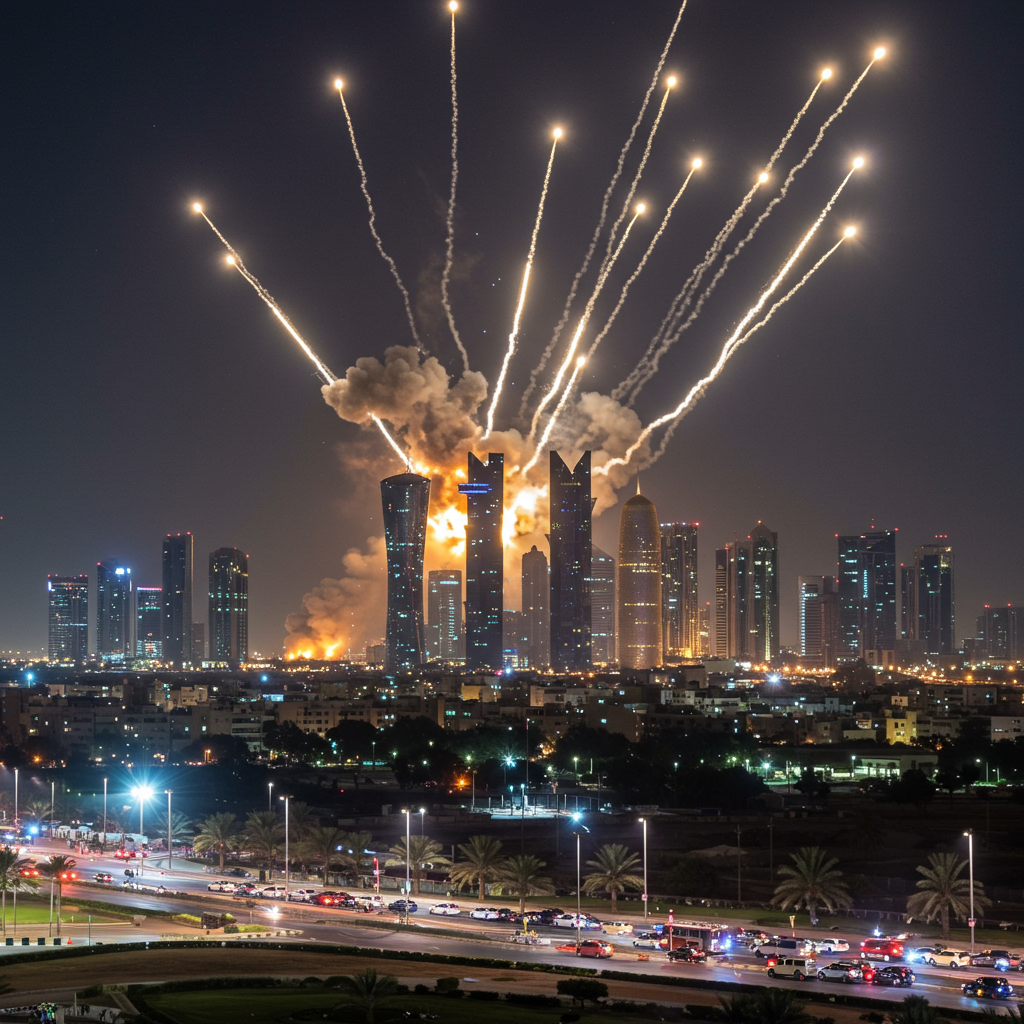Washington D.C. is poised to host a significant military parade this Saturday, June 14th, an event primarily intended to commemorate the 250th anniversary of the U.S. Army. Coinciding with President Donald Trump’s 79th birthday, the event has been billed by the president as something “like no other.”
However, this grand display in the nation’s capital will unfold alongside a massive, decentralized wave of demonstrations planned across the country. Under the banner of the ‘No Kings’ movement, these protests represent a widespread show of opposition to the Trump administration.
Inside the DC Military Parade:
Set to kick off around 6:00 PM local time (23:00 GMT), the parade route centers around the National Mall, including the Washington Monument Grounds. While registration on the U.S. Army’s website is suggested for potentially better viewing spots, general tickets are not required for the public.
The sheer scale of the event is considerable. Plans include over 6,000 to 7,000 uniformed soldiers, bolstered by dozens of tanks and various military vehicles. Spectators can also expect multiple marching bands, equestrian units (including dozens of horses, two mules, and reportedly one dog), and a culminating fireworks spectacle. President Trump has enthusiastically stated that “Thundering tanks and breath-taking flyovers will roar through our capital city.”
Organizers have estimated the cost of this extensive parade and related festivities to fall between $25 million and $45 million (£18.3m and £33m). A notable portion of this budget, potentially millions of dollars, is specifically allocated to repair Washington D.C. streets. These urban roads were not originally constructed to bear the immense weight of tanks and other heavy armored vehicles participating in the parade. The event has reportedly been designated a National Special Security Event, a status typically reserved for events like presidential inaugurations.
Military parades in the U.S. are relatively rare. The last large-scale event occurred in 1991 under President George H.W. Bush, celebrating the end of the Gulf War and drawing an estimated 200,000 attendees – the largest such celebration since the end of World War II. Other past parades include those marking presidential inaugurations (John F. Kennedy in 1961, Dwight Eisenhower in 1953) and events surrounding World War II (1942 and 1946).
The ‘No Kings’ Movement: A Nationwide Day of Defiance
In stark contrast to the centralized military display in Washington, the ‘No Kings’ movement is orchestrating protests in over 2,000 communities across all 50 states and even some international locations. Organizers, including a coalition of over 180 progressive and civil rights groups like Indivisible, the ACLU, the American Federation of Teachers, 50501, and the Human Rights Campaign, have billed Saturday as a “nationwide day of defiance.”
The movement’s name and core message – “No Kings,” “No thrones, no crowns, no kings,” and “we don’t do kings in America” – are a direct counterpoint to what organizers perceive as an authoritarian leaning within the administration and the symbolism of a potentially costly military parade, especially one timed with the president’s birthday.
Motivations Behind the Protests:
The “No Kings” rallies are fueled by a range of grievances against the Trump administration, extending beyond the parade itself. Key motivations cited by organizers include:
Opposition to perceived corruption or overreach: A general stance against the administration’s conduct.
Expanded ICE raids and immigration policies: Frustration with increased enforcement actions and targeting of immigrants and even protestors.
Proposed healthcare cuts: Concerns over the administration’s agenda that could strip healthcare from millions of people (estimated at 16 million).
Escalating use of military force in cities: Discontent with actions like the deployment of National Guard troops and U.S. Marines in response to protests, such as the controversial move in Los Angeles against the wishes of the state governor.
Scale and Strategy:
While millions are expected to participate nationwide, a significant strategic decision was made by organizers: no major “No Kings” protest is planned for downtown Washington, D.C. This deliberate choice aims to prevent the president from potentially having justification to retaliate against protesters and to avoid giving the impression that the demonstrations are against the military itself. Instead, the strategy is to “cede downtown D.C.” for the day and organize “literally everywhere else,” asserting that “Real power isn’t staged in Washington. It rises up everywhere else.” Philadelphia is planned as the flagship city for a major rally.
The movement has seen surging interest, particularly following recent administration actions like the response to anti-ICE protests in Los Angeles, which reportedly caused traffic to the “No Kings” website to skyrocket and led to over 100 additional protest locations being added to their map. The movement is described as an “organically” grown set of protests facilitated by decentralized online organization.
Commitment to Peace and Government Response:
Organizers have strongly emphasized that the demonstrations are intended to be peaceful and nonviolent. They have conducted training sessions focused on safety and de-escalation techniques, while also acknowledging potential concerns about outside agitators. Participants are encouraged to engage in peaceful expression of their First Amendment rights through signs, chanting, and other means.
Despite the organizers’ commitment to peace, government responses have included heightened security measures. President Trump had previously stated that anyone protesting the Army parade “will be met with very big force,” though the White House press secretary later clarified the president supports peaceful protests. As a precautionary measure against potential violence, states like Texas and Missouri have called up their National Guard, deploying thousands of troops and state police to monitor events, though governors in both states reportedly affirmed the legality of peaceful assembly.
Organizers remain resolute, asserting that “Two things remain true in this country… We have no kings, and no president can stop people from peacefully speaking out.” This Saturday, millions across the U.S. are expected to echo that message, creating a powerful counterpoint to the military display in the nation’s capital.



